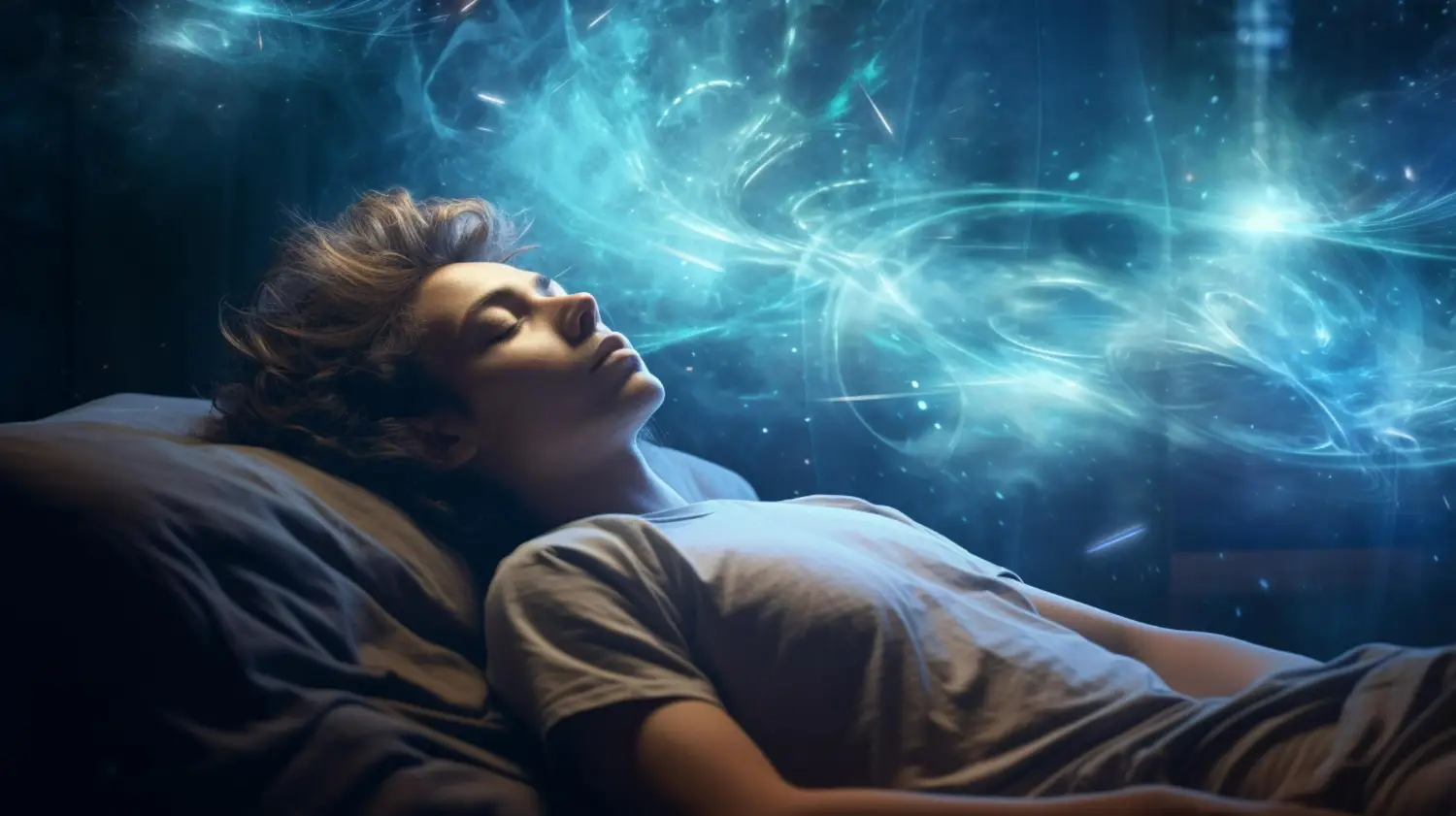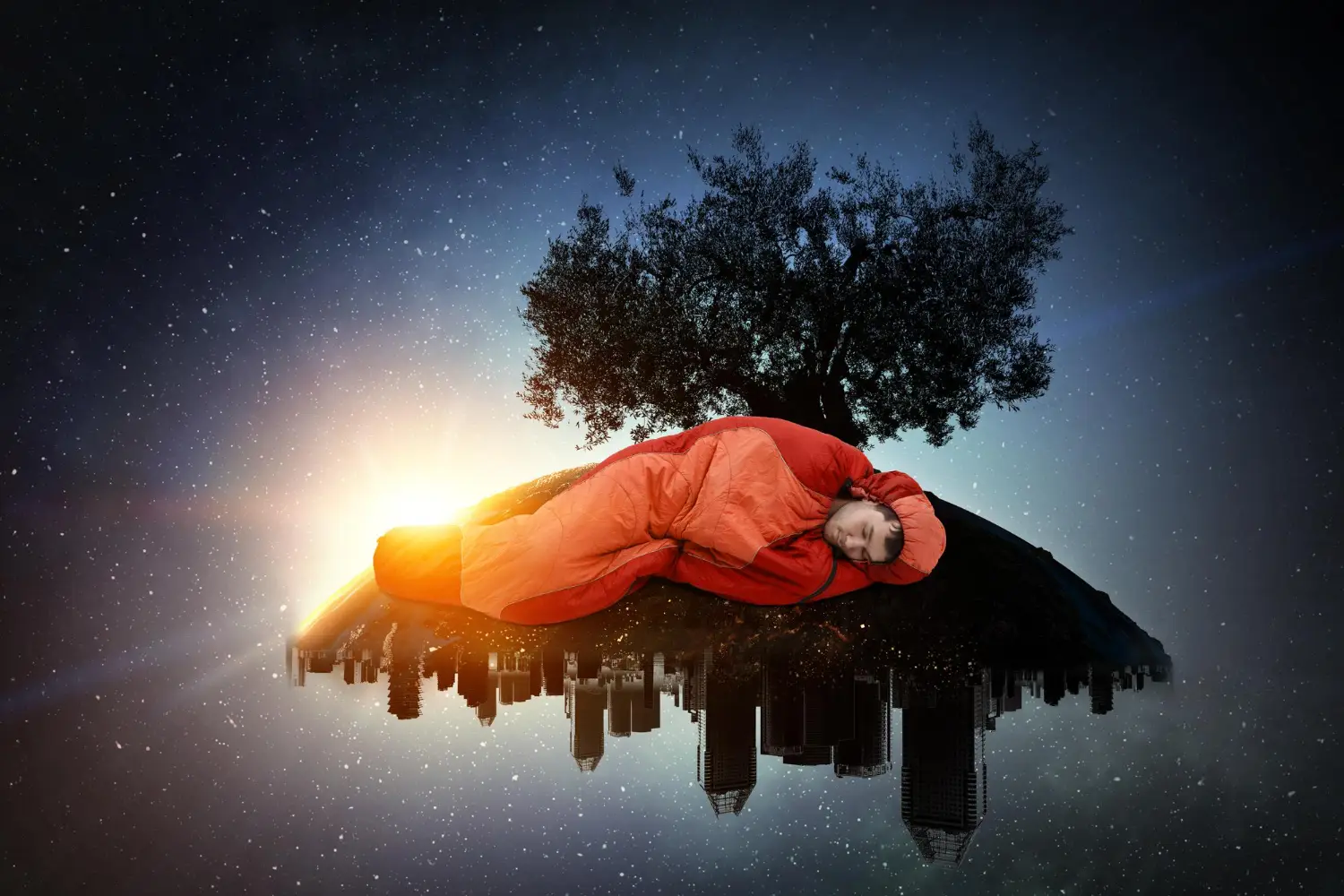Dreams have always fascinated humans. For centuries, people have tried to interpret their dreams, from ancient cultures to modern psychologists like Sigmund Freud and Carl Jung. While traditional theories looked at dreams as symbols or messages from the unconscious mind, modern neuroscience has added a new layer to our understanding of dreams. Instead of focusing solely on hidden meanings, neuroscience examines what happens in our brain when we dream. So, what does science tell us about dreams, and how does it differ from older ideas?
The Science of Dreaming: What Happens in the Brain?
When we fall asleep, our brain goes through different stages. The most active dreaming happens during a stage called REM sleep (Rapid Eye Movement). During this time, your eyes move quickly under your eyelids, and your brain becomes as active as it is when you’re awake. This is when most vivid dreams occur.
Research shows that the prefrontal cortex (responsible for logical thinking) becomes less active, while parts of the brain linked to emotions and memories, like the amygdala and hippocampus, light up. This is why dreams can feel emotional or chaotic, with strange shifts in location and events.
Why Do We Dream? Theories from Neuroscience
While there’s no definitive answer, several scientific theories suggest why we dream:
Memory Consolidation
One popular theory is that dreaming helps us process and store memories. During REM sleep, the brain sorts through the events of the day and decides what to keep and what to forget. This helps us retain important information and discard the rest. In a way, dreaming could be like a mental filing system.
Problem-Solving
Some neuroscientists believe that dreams help us solve problems. Ever heard the phrase “sleep on it”? Studies show that during REM sleep, the brain can make new connections and associations that might not be obvious when we’re awake. This could explain why some people wake up with fresh ideas or solutions after a night’s sleep.
Emotional Processing
Since the emotional centres of the brain are active during dreaming, many researchers think that dreams help us process and regulate our emotions. It might be a way for our brain to work through difficult or stressful experiences, so we can wake up feeling better about them.
Modern Science vs. Freud and Jung
Freud and Jung had their own takes on why we dream, and while some of their ideas still resonate, neuroscience offers a different perspective.
Freud believed that dreams were a way to access repressed desires, especially those related to sexuality. He introduced concepts like latent (hidden) content and manifest (obvious) content in dreams, suggesting that our unconscious mind uses dreams to express things we can’t confront when we’re awake.
Jung, on the other hand, believed dreams were a way to communicate with the collective unconscious, a shared pool of memories and experiences common to all humans. He introduced the concept of archetypes—universal symbols like the hero, the shadow, or the anima/animus—that show up in dreams.
Modern neuroscience, however, doesn’t place as much emphasis on hidden desires or universal symbols. Instead, it focuses on brain activity and how dreams reflect memory processing, emotional regulation, and even random neural firings. Neuroscientists often see dreams as the brain’s way of organising itself during sleep rather than a window into deep, repressed desires.
Key Studies in Dream Neuroscience
Several interesting studies have expanded our understanding of dreams:
Memory and Dreams
Research from Harvard Medical School found that people who dream about learning new tasks (like playing a video game or solving a puzzle) are more likely to perform better at those tasks after waking up. This suggests that dreaming plays a role in solidifying new skills.
Lucid Dreaming
In some rare cases, people can become aware that they’re dreaming while still asleep—a phenomenon called lucid dreaming. Neurological studies have shown that when this happens, parts of the brain associated with self-awareness light up. This discovery has sparked interest in how the brain can “wake up” within a dream, providing more insight into consciousness.
Dreams and Trauma
Some scientists believe that dreaming, especially in REM sleep, can help people cope with traumatic events. Studies on PTSD (Post-Traumatic Stress Disorder) suggest that repetitive nightmares might be the brain’s way of processing trauma. New therapies are being developed to help people with recurring nightmares reframe their dreams as part of healing.
What Do Neuroscientists Think About Dream Symbols?
While Freud and Jung focused heavily on dream symbols, modern science takes a more cautious approach. Neuroscientists recognise that certain dreams might have meaning, especially if they are linked to real-life emotions or events, but they tend to focus more on brain function than symbolism.
For example, dreaming about being chased might not be a universal symbol of fear, as Freud suggested. Instead, it could simply be a reflection of heightened activity in the brain’s amygdala, which processes emotions like fear and anxiety. However, if a person frequently has similar dreams, it might be worth exploring whether these dreams relate to real-life stress or unresolved issues.
How Can We Apply Neuroscience to Our Own Dreams?
Even if neuroscience doesn’t offer a universal dream dictionary, we can still use what we know about the brain to better understand our dreams. Here are some ways you can apply modern research to your dream life:
- Keep a Dream Journal: Write down your dreams as soon as you wake up. Over time, you might notice patterns or recurring themes that could provide insight into what your brain is processing.
- Reflect on your Emotions: Pay attention to the feelings in your dreams. Neuroscience suggests that dreams are closely tied to emotional processing, so recurring feelings of stress, sadness, or excitement might reflect what’s going on in your waking life.
- Look for Problem-Solving Opportunities: Since REM sleep can help us solve problems, try thinking about a challenge or dilemma before bed. Your brain might come up with fresh ideas during your dreams.
While Freud and Jung offered valuable insights into the world of dreams, modern neuroscience has added new dimensions to our understanding. Dreams, according to science, are more than just hidden desires or universal symbols; they play a crucial role in memory, problem-solving, and emotional regulation. By studying how the brain functions during sleep, we can get closer to unlocking the mysteries of our sleeping mind.



